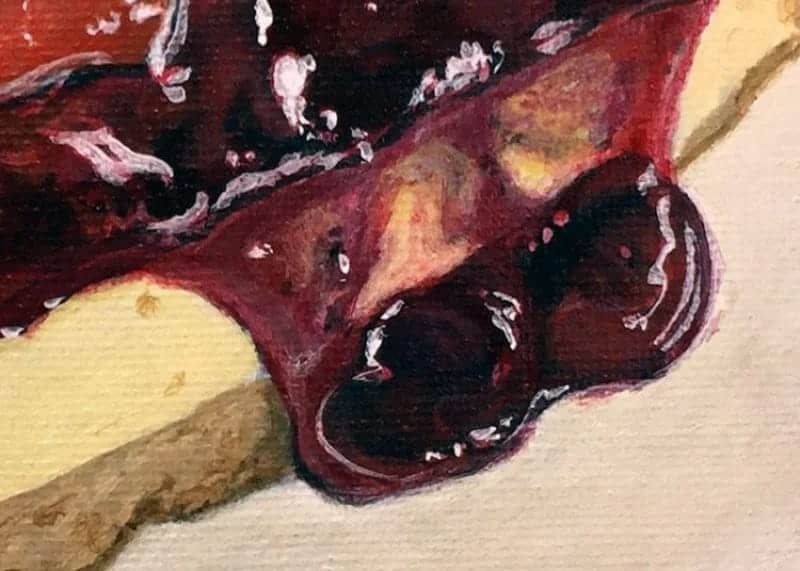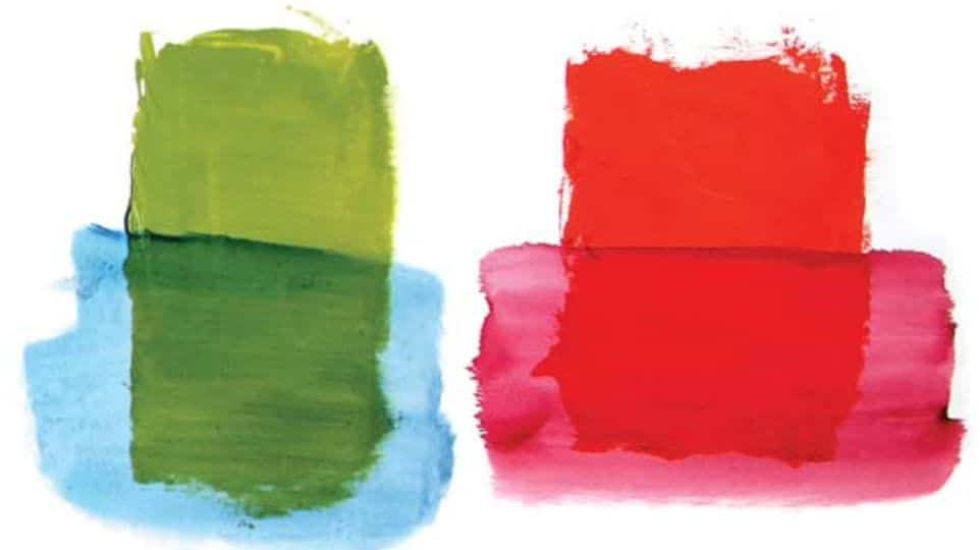In truth, the basic principle of using glaze while realizing an oil painting is easy to understand, although it is a painting technique that requires patience, since it is necessary to wait until each layer is completely dry before applying the next time, and good knowledge of the colors you are using, in order to “predict” the result of the glaze. This is mainly why beginners do not learn for a long time the technique of glazing and the fabulous results it can bring.

Glaze in oil painting
Description of the glaze technique in oil painting
Glaze, used in oil painting, is the name used to refer to a thin layer of transparent paint, mainly in oil paint and acrylic. Glazes are used on top of each other to create depth and change colors in a painting. A glaze must be completely dry before applying another on top, so as not to mix the colors.
Each tint of glaze changes the color underneath. When you look at the paint, the color is optically blended, resulting in deep, rich colors. For example, painting a glaze on canvas of red over blue results in a richer purple than if you mixed red and blue on your palette before applying it.
To simplify the scientific explanation behind this phenomenon: the purple you see is created by light reflecting from the canvas through the blue layer, then from the red layer, into the eye, producing a deeper color as if she had thought from a single coat of paint.
It is not absolutely necessary to use the glaze in your oil painting. For example, for our reproductions in normal quality, we do not use it, and get excellent results. But it is a technique that should not be dismissed until you have spent some time on it because it gives spectacular results. The terms “bright” and “luminous” are commonly used to describe the effect.
How many colors can be used for a glaze in oil painting or acrylic painting?
A glazing in oil painting is a single layer of a single color. How many coats you can use depends on the result you want to complete and comes with experience. Glazing works best if you use one pigment per layer, not a mixture of two or more. The more pigments you use, the faster you will get to a brown or gray (tertiary colors).
Using a paint color that contains a single pigment rather than a mixture also makes it easier to predict the effect layering will have, helps control saturation, and reduces the risk of creating dull colors.
Can you make a glaze with opaque colors or only with transparent ones?
Pigments in paint are classified as opaque, semi-transparent or transparent.
You can use opaque colors for a glaze in oil painting – the result is just not the same as with transparent colors. We use it, for example, to reproduce a foggy effect when painting a picture with fog.
Glaze in oil painting is a fabulous technique, which gives excellent results. We mainly use it for our museum quality painting reproductions; this is also why the realization requires more time.

